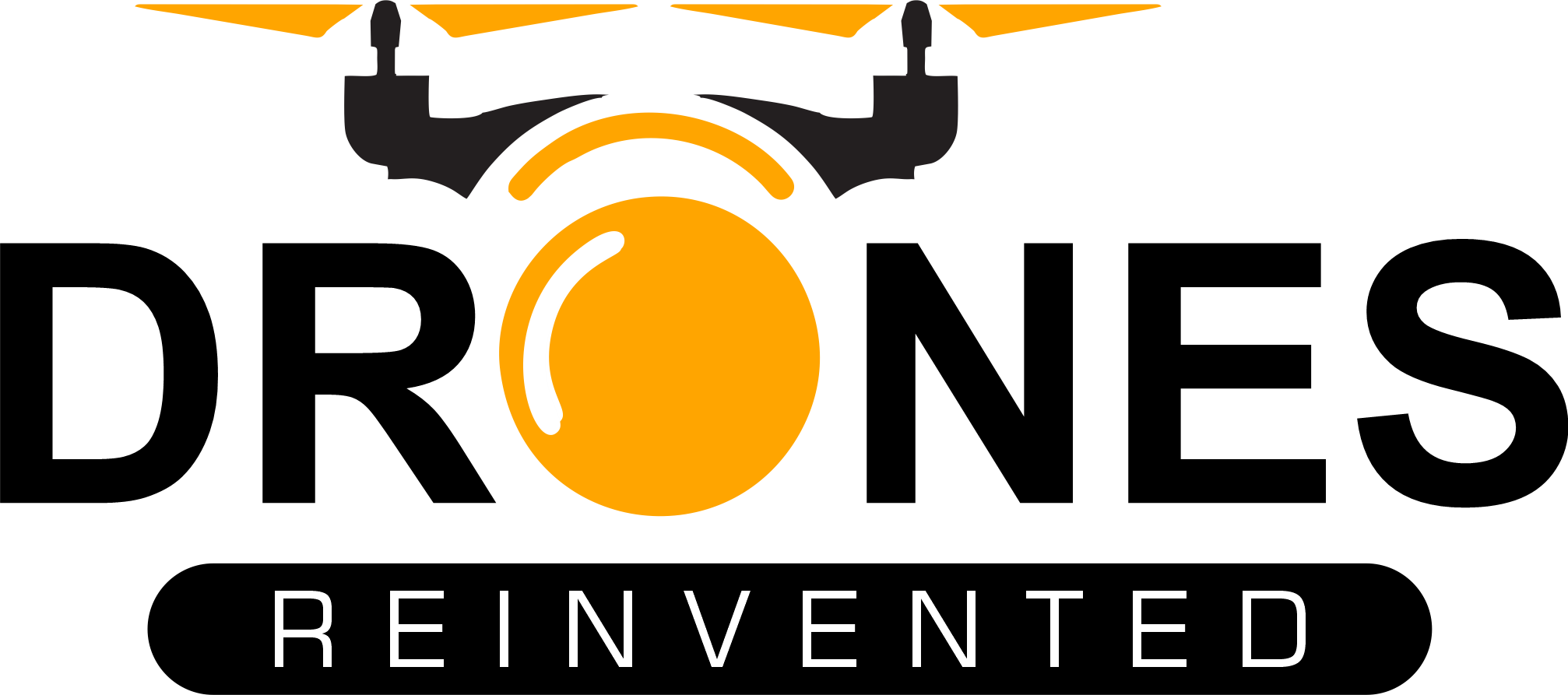Ukraine’s “Ironclad” ground robot (open source)
According to an MSN article, recent developments in the ongoing conflict in Eastern Ukraine have highlighted the increasing use of small drones – and the battle between unmanned aerial and uncrewed ground vehicles (UGVs) in combat operations. In a specific instance near Avdiivka, a strategic location in the Donetsk region under Moscow’s control, Ukraine’s military employed first-person-view (FPV) drones to disable Russian ground combat robots. While FPV drones can carry only smaller explosives, they can be extremely accurate in targeting.
The footage shared by Ukraine’s 47th Separate Mechanized Brigade via the Telegram messaging app reportedly shows the targeting and subsequent destruction of at least one Russian UGV. This action underscores the escalating drone warfare and the strategic importance of UGVs in modern conflict zones. The brigade’s statement suggests these incidents mark an emerging trend in the use of such technology by Russian forces, although they remain isolated cases for now.
The broader context of this development reflects both nations’ significant investments in drone technology, not only aerial drones but also those operating on ground and water. The conflict has seen the deployment of a wide variety of drones aimed at reducing human exposure to direct combat. These drones undertake perilous tasks, ranging from logistics support to active combat roles – or in the defense against other drones.
Russia’s foray into ground drone technology includes sophisticated models like the AI-enabled “Marker” and the logistics-oriented Zubilo UGV. Concurrently, Ukraine is advancing its UGV capabilities, as evidenced by the deployment of the “Ironclad” unmanned robot, equipped with a machine gun for assault and reconnaissance missions. This initiative is part of Ukraine’s broader strategy to integrate UGVs into frontline operations, enhancing their combat effectiveness while minimizing human casualties.
Experts, including Samuel Bendett from the Center for Naval Analyses, note the trend towards deploying small, lightweight UGVs that can be easily and quickly assembled, and if necessary, replaced. These drones are increasingly visible on the front lines, crafted by military personnel or volunteer organizations, featuring basic designs for swift assembly. Bendett speculates on the evolving nature of UGV use in warfare, suggesting that the sheer number of reconnaissance drones could limit the deployment of larger, more sophisticated UGVs like Russia’s “Marker” in the current conflict.
The tactical integration of UGVs and the development of autonomous operational capabilities are ongoing areas of focus for both Russian and Ukrainian forces. As the conflict progresses, the role of UGVs in combat and support missions is expected to expand, reflecting broader trends in military strategy towards increased automation and reliance on uncrewed systems in modern warfare.
Read more:
Miriam McNabb is the Editor-in-Chief of DRONELIFE and CEO of JobForDrones, a professional drone services marketplace, and a fascinated observer of the emerging drone industry and the regulatory environment for drones. Miriam has penned over 3,000 articles focused on the commercial drone space and is an international speaker and recognized figure in the industry. Miriam has a degree from the University of Chicago and over 20 years of experience in high tech sales and marketing for new technologies.For drone industry consulting or writing, Email Miriam.
TWITTER:@spaldingbarker
Subscribe to DroneLife here.

0 Comments